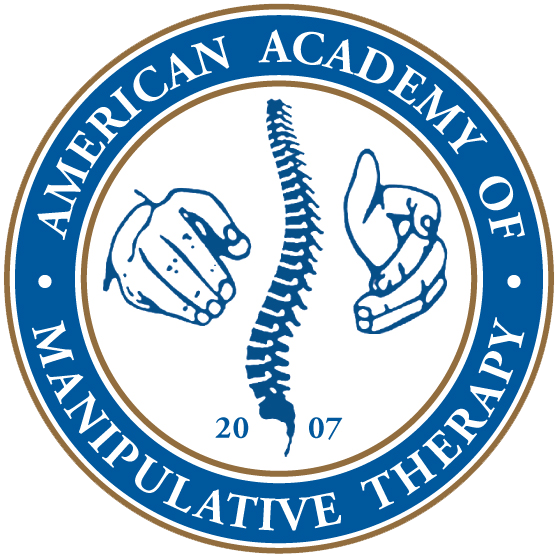VCS-2: Diagnosis & Management of the Dizzy Patient: An Evidence-Based Approach (Part 2 of the Vestibular Concussion Specialist Certification)
This 2-day (15-hour) course is Part 2 of the Vestibular Concussion Specialist Certification (Cert. VCS) offered only through the American Academy of Manipulative Therapy.
90 million Americans seek treatment for dizziness, balance, or vertigo every year. The vestibular system is a complex system that is essential for human balance and movement. Integration of information by the CNS from multiple pathways are necessary to maintain this essential function. In part 2 of the Vestibular Concussion Specialist Certification (Cert. VCS) participants will learn essential anatomy and physiology of all contributing systems, and how their integration can lead to normal and pathological balance conditions.
In addition to formulating an appropriate differential diagnosis and intervention of the dizzy patient, participants will review testing and measures to determine the health and status of each region and system involved in equilibrium and balance. Included in this 15-hour course are didactic components with hands on laboratory testing for multiple peripheral vestibular disorders, central vestibular disorders, and cervicogenic dizziness, including the use of dry needling as a diagnostic test. Participants who have completed the two-part Vestibular Concussion Specialist Certification (Cert. VCS) will graduate competent and confident in their management of high and low level patients with all types of dizziness disorders.
After completion of VCS-1 and VCS-2, course participants will be awarded the Vestibular Concussion Specialist Certification (Cert. VCS).
Course Objectives:
- Participants will demonstrate an understanding of the normal and pathological processes required for upright balance
- Appropriate identification of canal for treatment of inner ear pathology
- Accurate identification of oculomotor dysfunction
- Understanding and appropriate differential of peripheral vestibular disorders
- Identification of cervical disorders that would contribute to dizziness
- Treatment strategies and pathways for each of the identified areas of vestibular pathology
- Differential diagnosis to identify non-vestibular causes of dizziness and disequilibrium.



